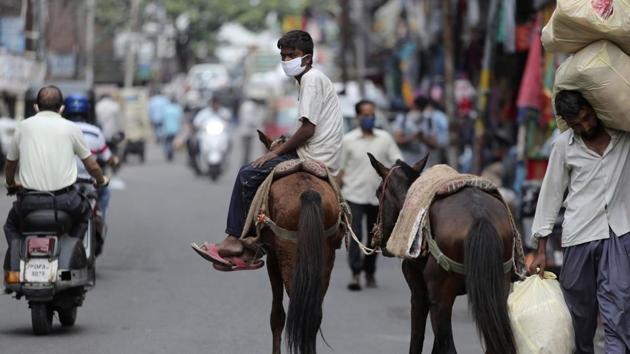Covid-19: What you need to know today
Vaccine development has traditionally been a risky business – not just because of the success rate, but also because the timelines involved (8-10 years) meant that developers were taking a big chance that the disease targeted by the vaccine would still be relevant (and a problem) a decade into the future.
The math was always in favour of a vaccine being developed.

A June article in the American Council on Science and Health (ACSH) cited an earlier paper by Chi Heem Wong, Kien Wei Siah and Andrew W Lo to show that vaccines for infectious diseases have a 33.4% chance of successfully traversing the various phases of a clinical trial. Once it clears the pre-clinical stage, a vaccine for an infectious disease (and Covid-19 is one) according to the article has a 76.8% chance of clearing Phase 1 trials and entering Phase 2. The success rate drops off a bit in Phase 2, to 58.2%, but it picks up in Phase 3 (which is understandable) to 85.4%.
Click here for full Covid-19 coverage
The calculations presented in the paper are not probabilities that can be multiplied – which means the probabilities of success in each of the phases can’t be multiplied to arrive at the final success rate, which makes it difficult to predict the success of trials that combine two phases.
Many of the Covid-19 vaccine candidates are doing this, in an effort to reduce the development time. But given that there at least four very promising candidates that are now in or entering Phase 2/3 trials (the ones from Moderna, Oxford-Astra Zeneca, Cansino, and Pfizer-BioNTech), the chances of success are definitely much higher than 33.4%. This writer’s opinion is that the probability could be as high as 50%. And a one-in-two chance doesn’t sound bad at all.
According to the World Health Organization, there are around 160 vaccine candidates in development, with 20 already being tested on humans. Monday’s news from Oxford-AstraZeneca and Cansino -- that their candidates produced immune reactions in subjects, didn’t cause any significant adverse effects, and produced both antibodies and T-cells (the first attack the virus; the second attack infected cells, and they also remember how the infection looks and react similarly the next time) -- is more than anyone could have hoped for. There’s no doubt that the first vaccine for Covid-19 will be here soon, perhaps even by the end of the year (both AstraZeneca and one of its partners, India’s Serum Institute, have started work on manufacturing the vaccine – in anticipation of it clearing Phase 2/3 trials).
That’s the good news.
But there’s still a lot we don’t know yet. We do not know what the correct dosage is. Based on the studies released Monday by Cansino and Oxford-AstraZeneca – both used two shots of the vaccine – it is likely that the first vaccines for Covid-19 will be double-shot ones, which makes not just production but also the vaccination process that that much more complex. We do not know how long the vaccine can protect someone from the virus. We do not yet know about the long-term side effects (if any) of the vaccines that look so promising (but which have only been tested for weeks). And we do not know if it will protect everyone the same way – especially across race and age.
All of these mean that the hope we feel at the initial success needs to be tinged with caution, even as we cheer the companies racing to develop a vaccine.
Vaccine development has traditionally been a risky business – not just because of the success rate, but also because the timelines involved (8-10 years) meant that developers were taking a big chance that the disease targeted by the vaccine would still be relevant (and a problem) a decade into the future. From that perspective, the reduced development timelines for the Covid-19 vaccines lessens the risk to some extent. And scattered antibody tests carried out around the world indicate that the disease hasn’t been prevalent enough to cause herd immunity.
On Tuesday, the results of one such survey for Delhi were released (see here).
They showed that 22.86% (after adjusting for sensitivity and specificity of the tests) of a random sample of 21,387 people surveyed across Delhi’s 11 districts between June 27 and July 10 had antibodies to Sars-Cov-2, showing that they had been infected at some stage. That’s a high proportion, although a similar survey in New York returned a similar number, 19.3%. Even assuming a five percentage point error margin in the Delhi sero survey, this means at least 17.86% of the Capital’s population may have been infected.
We do not know enough about Covid-19 to infer what kind of immunity this confers on someone – temporary or permanent. And if it is the first, how temporary?
At 17.86%, the number of cases in Delhi works out to 3.54 million (the number of reported cases is 123,747). Delhi has seen 3,663 deaths on account of Covid-19 till Monday. The death rate works out to a little less than 0.1%. That’s exactly the same as the death rate for the common flu in the US. Which could mean one of two things – we have significantly undercounted the number of dead; or Covid-19 isn’t as dangerous as it was originally thought (see page 4).






